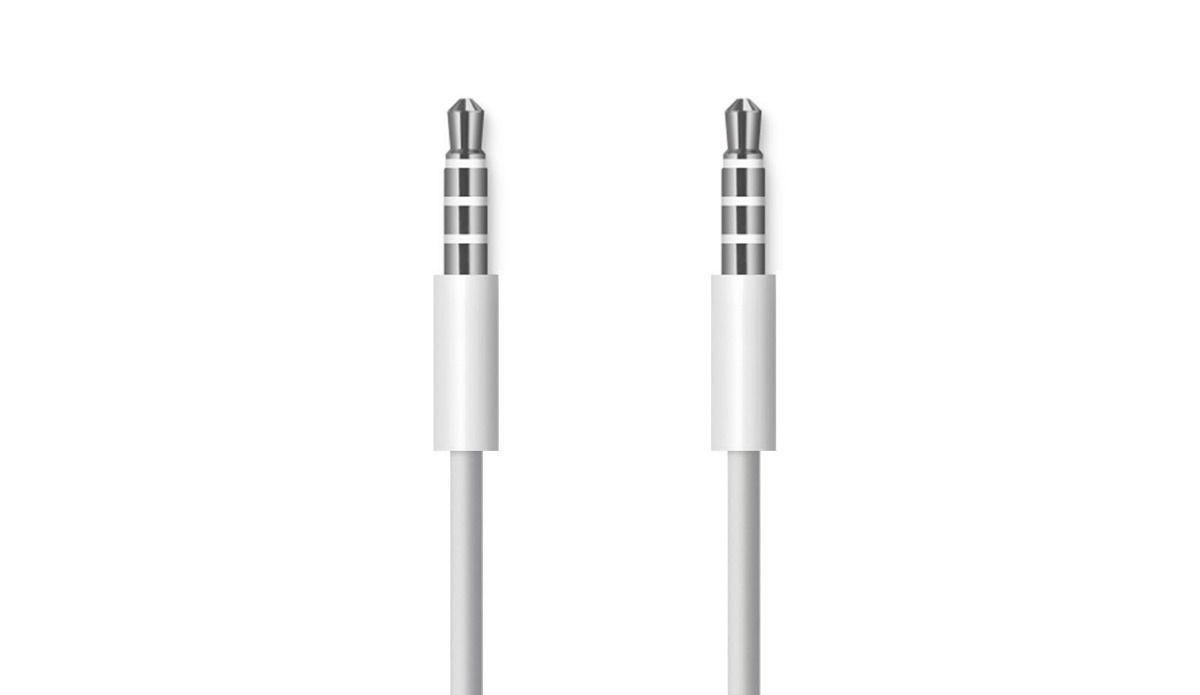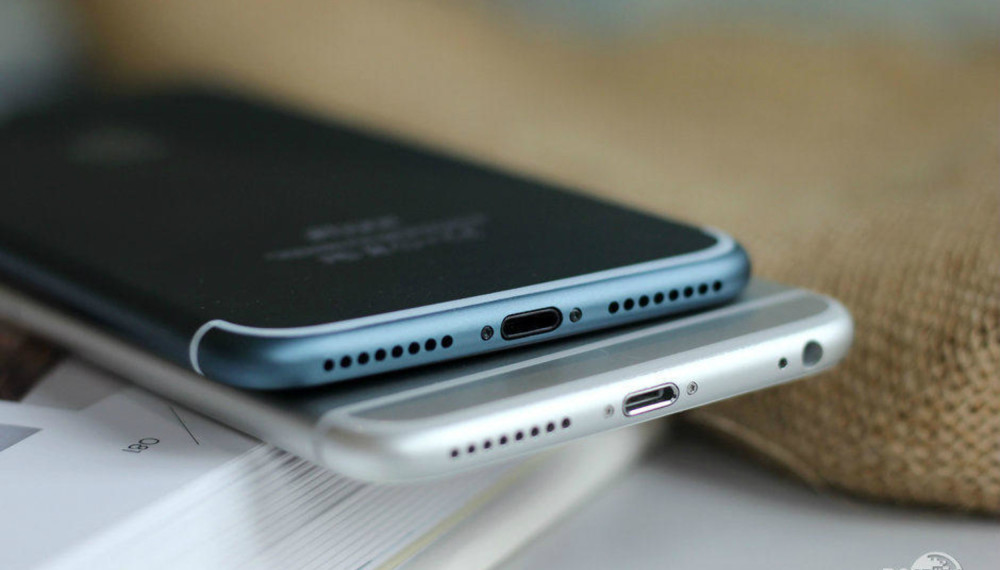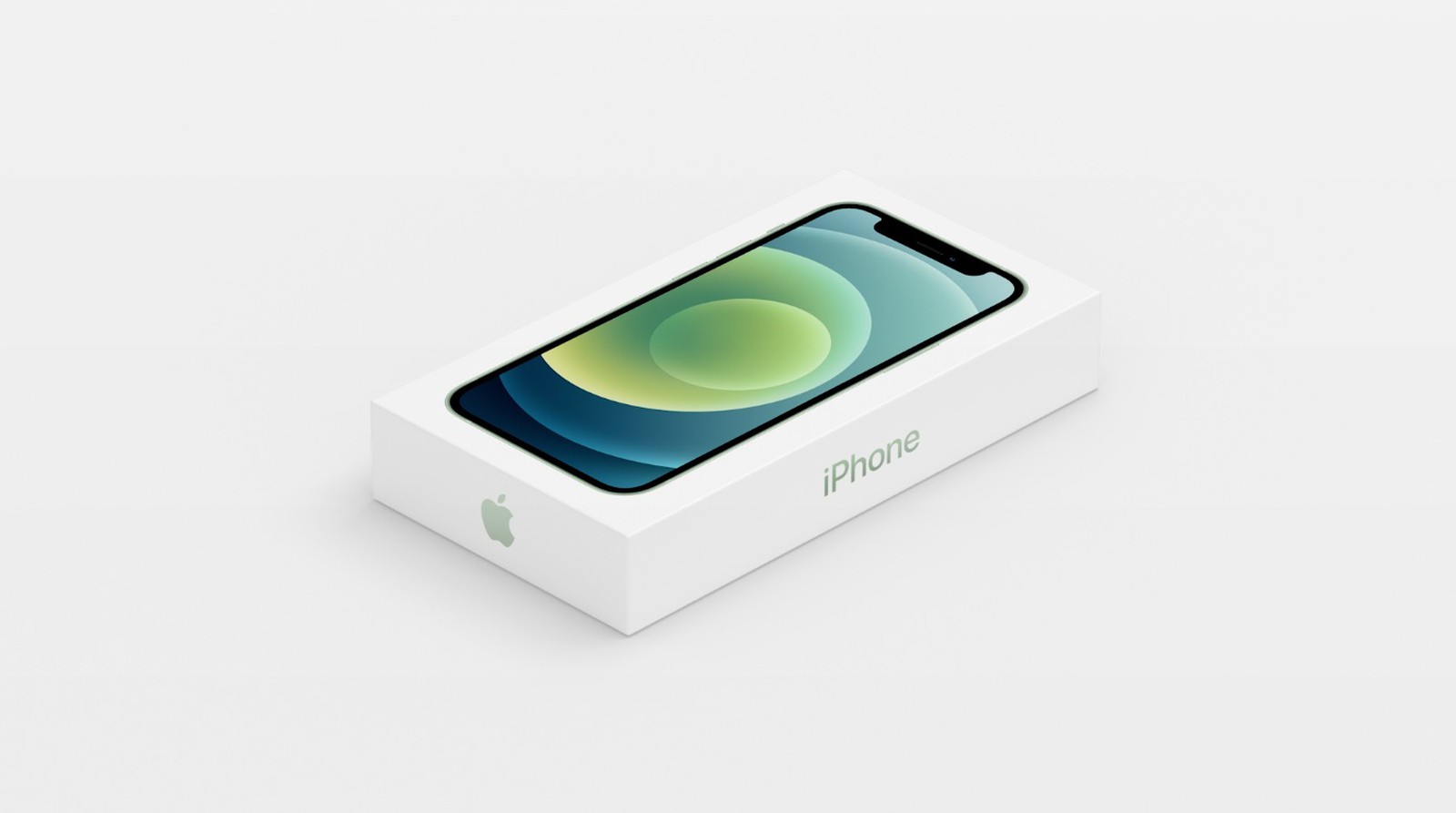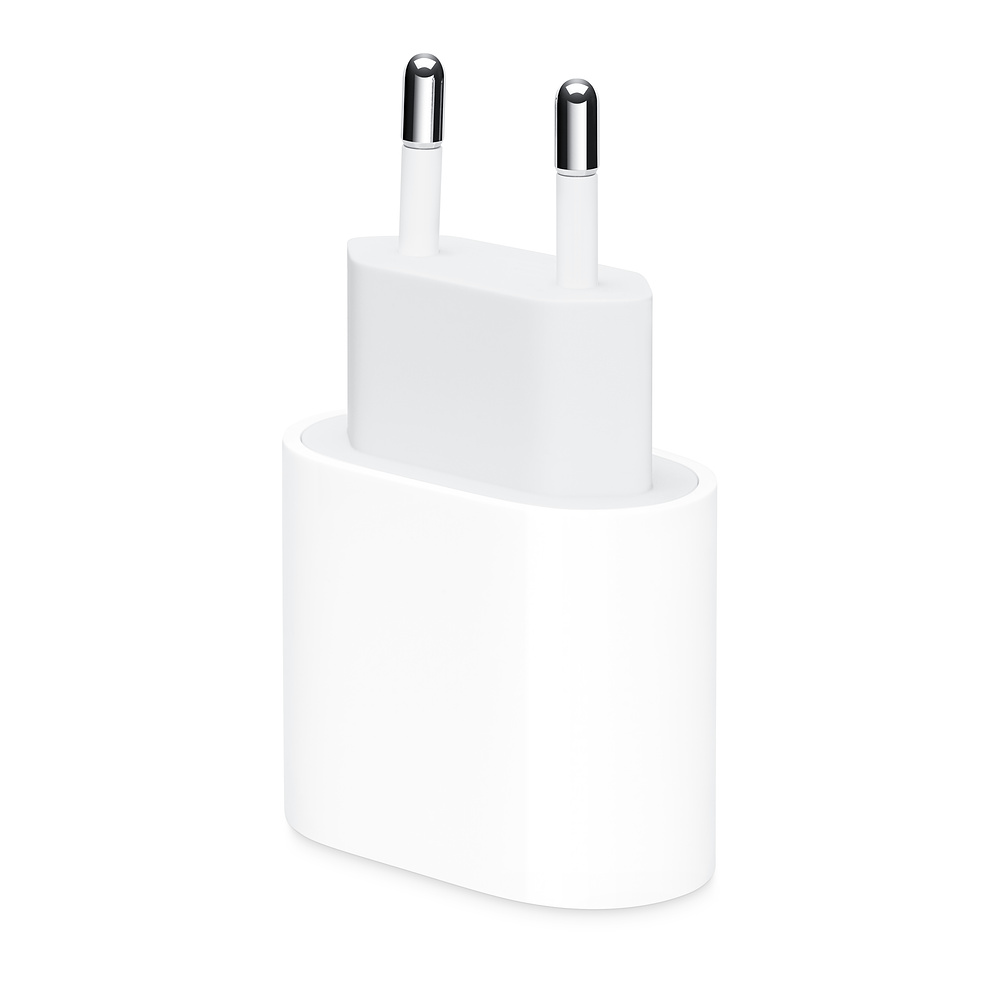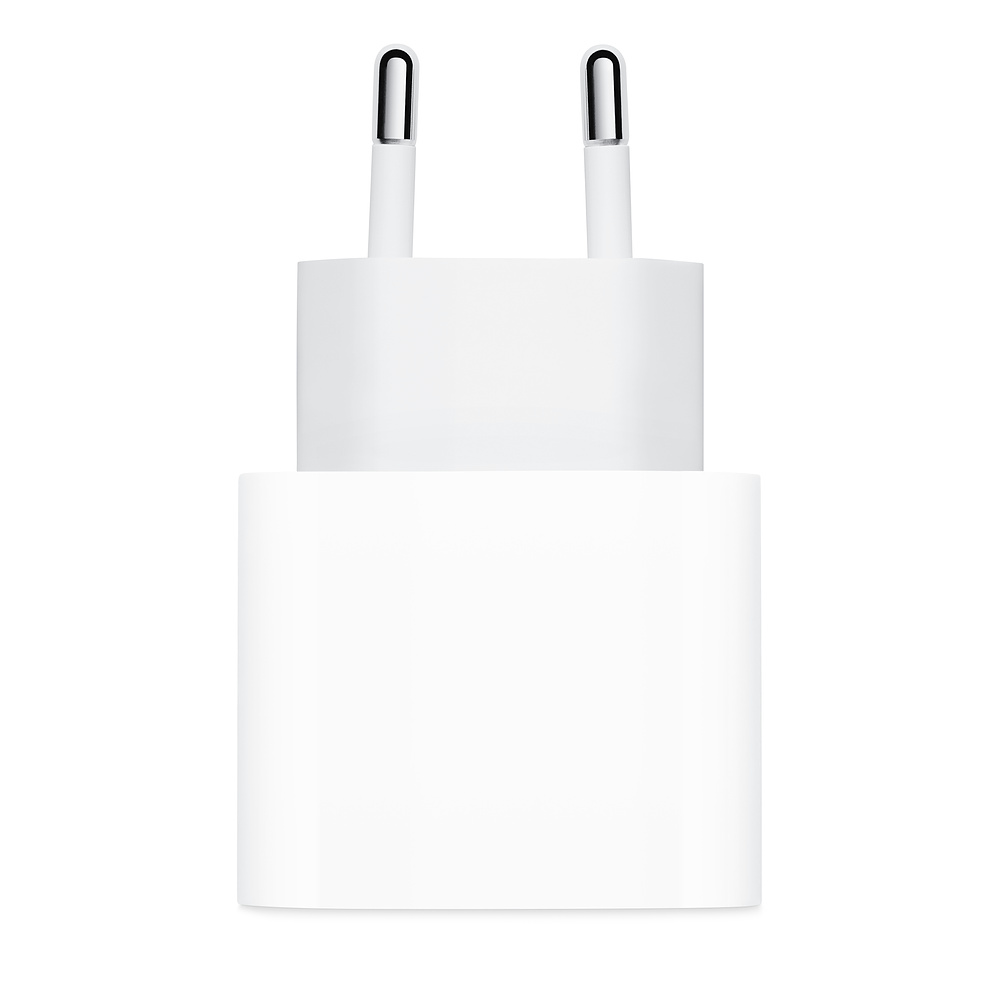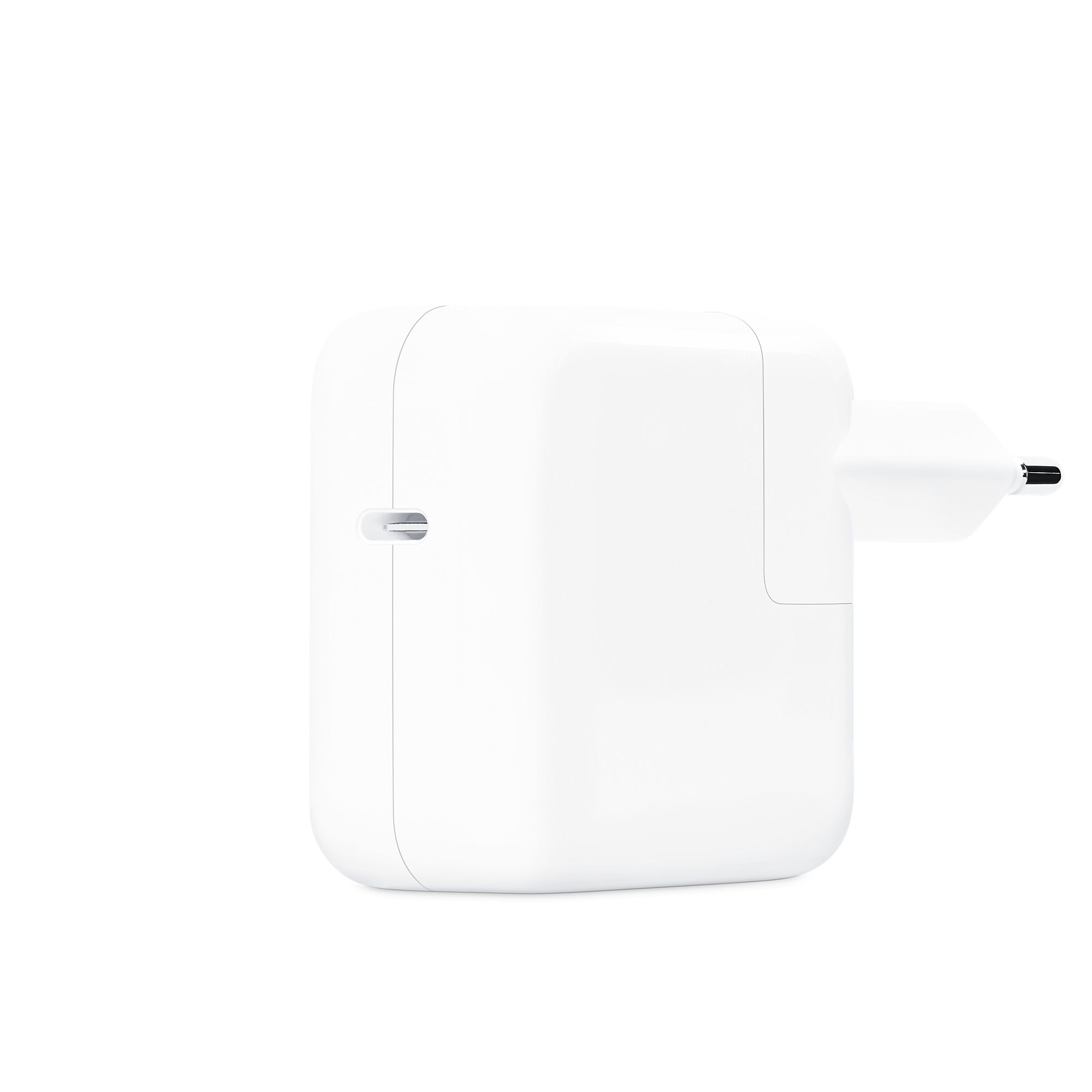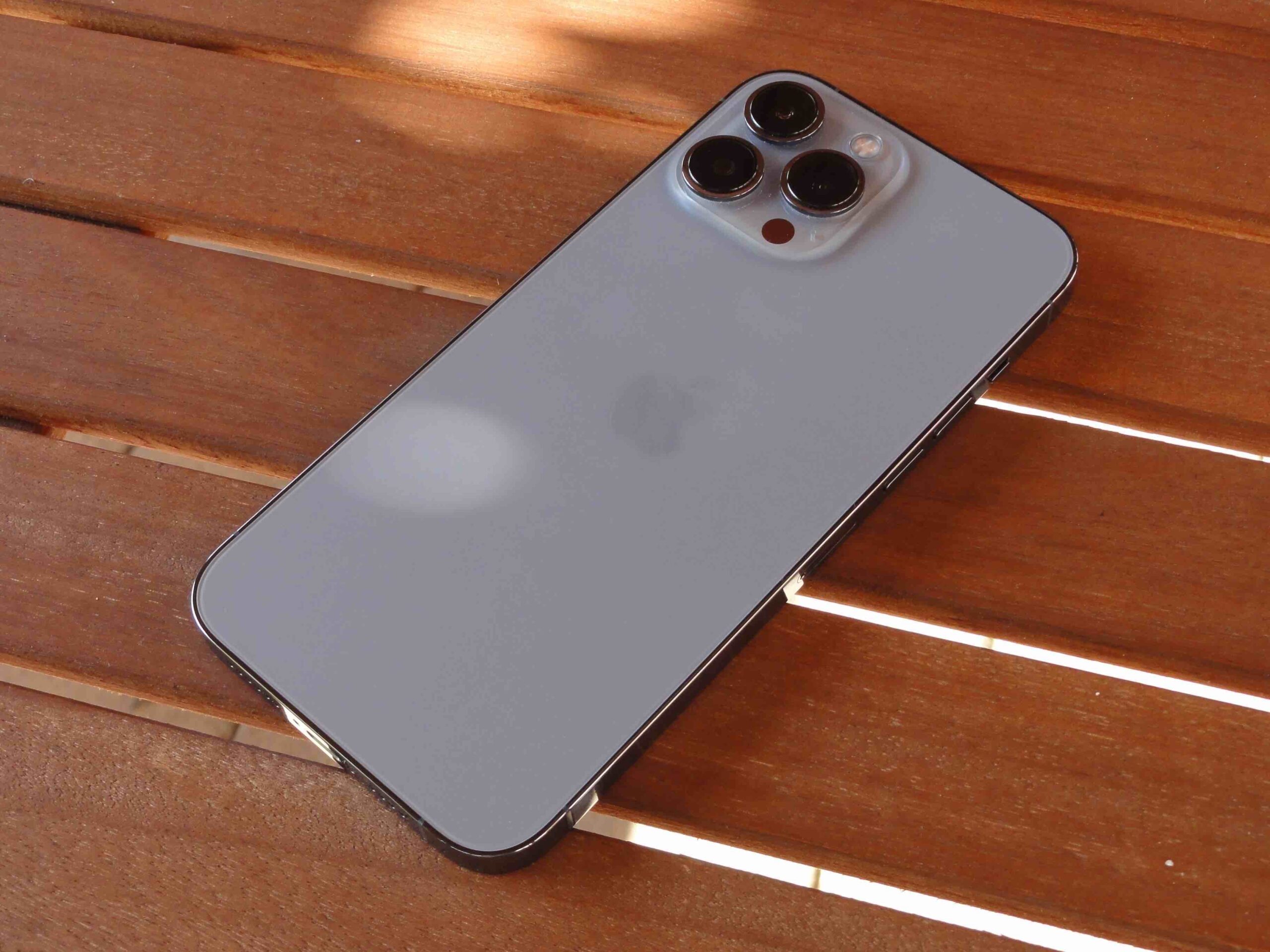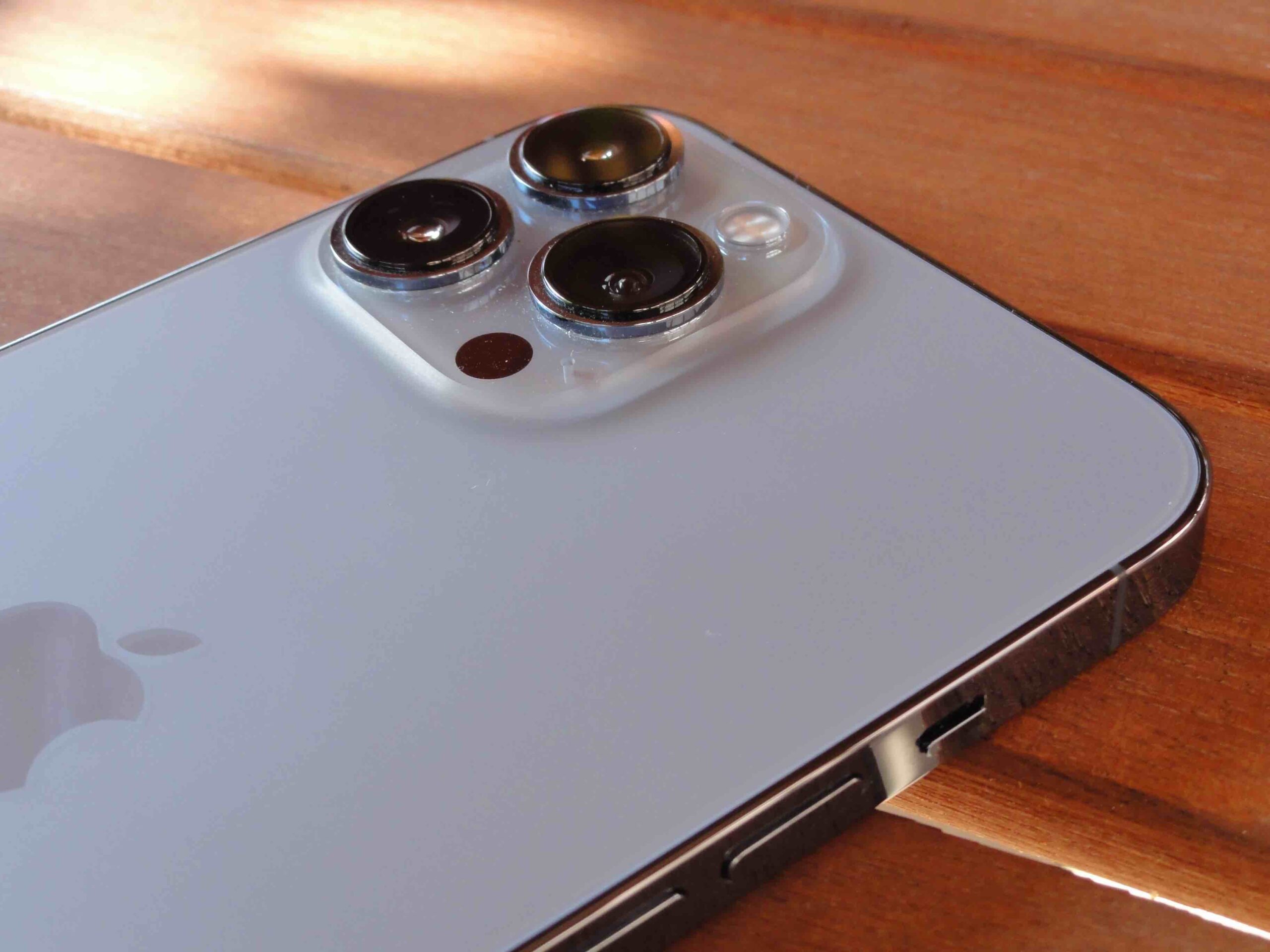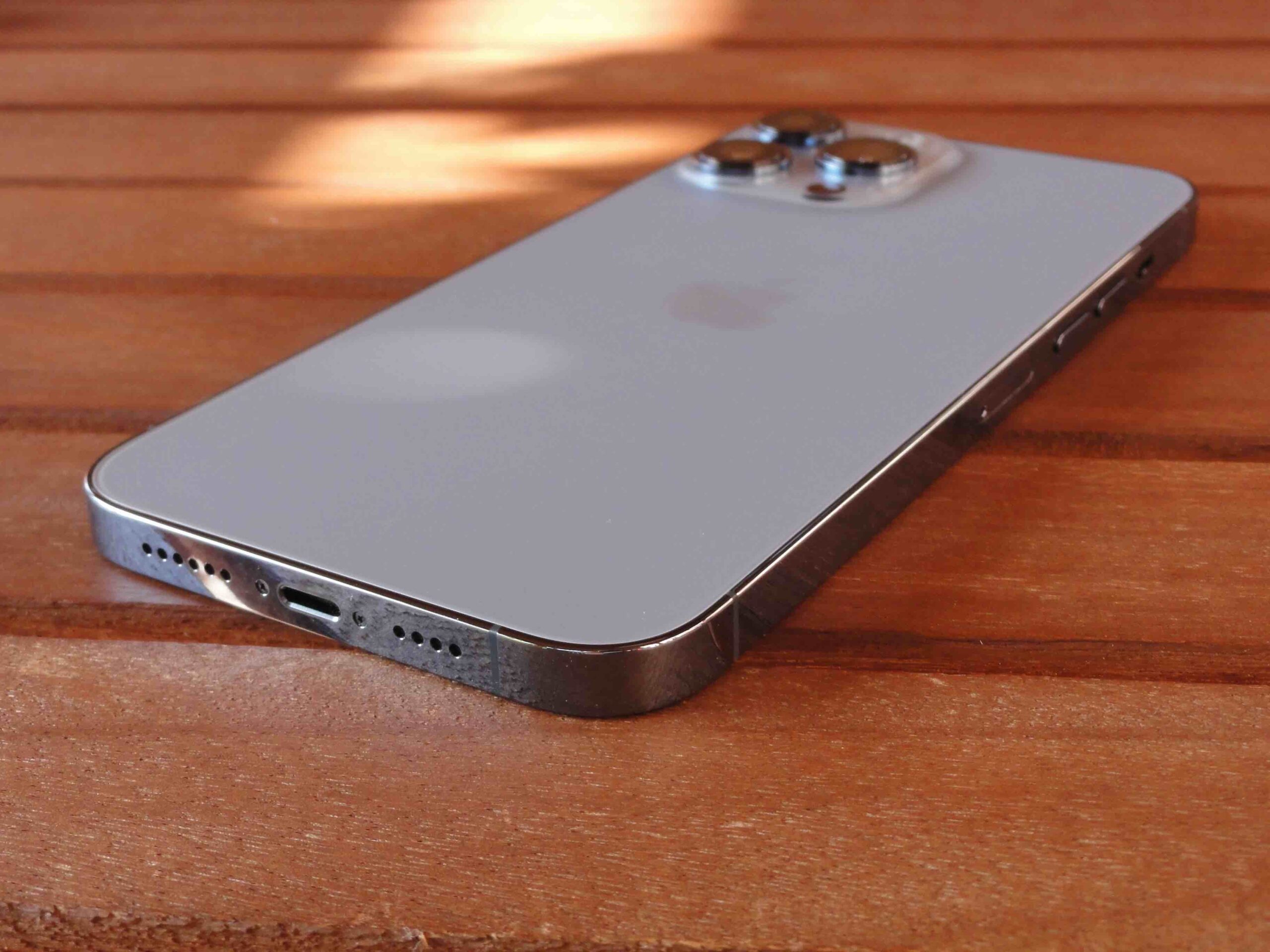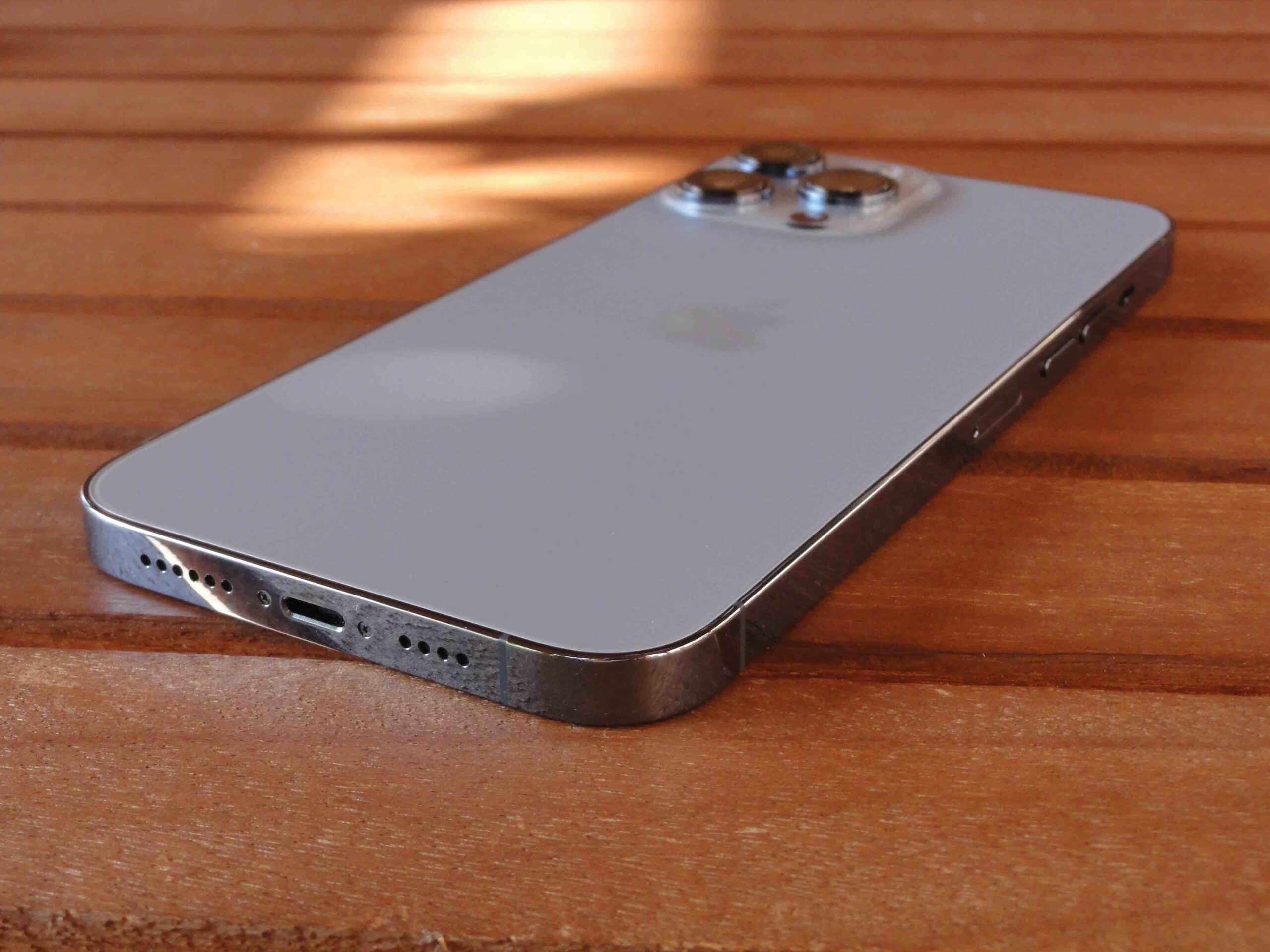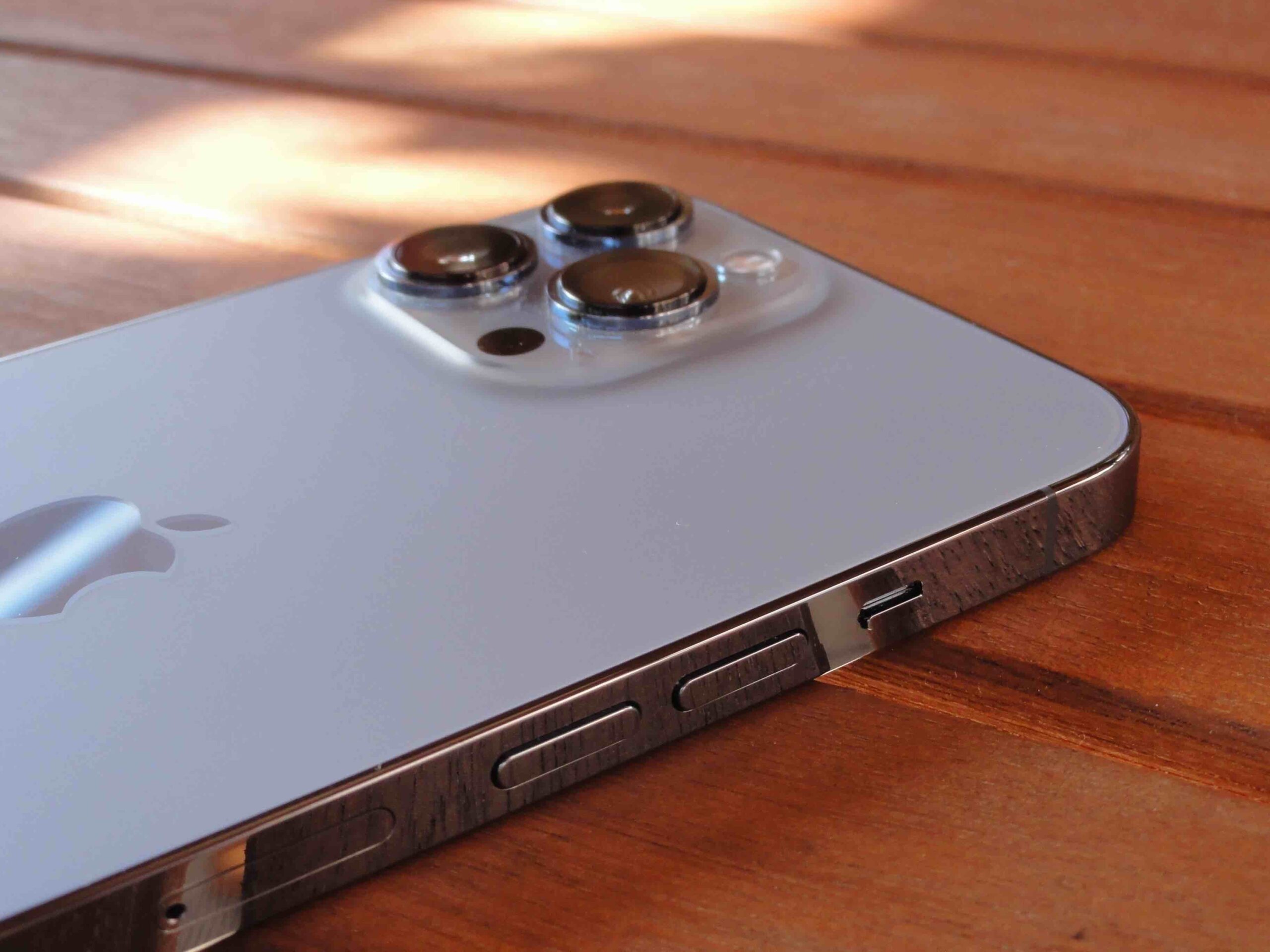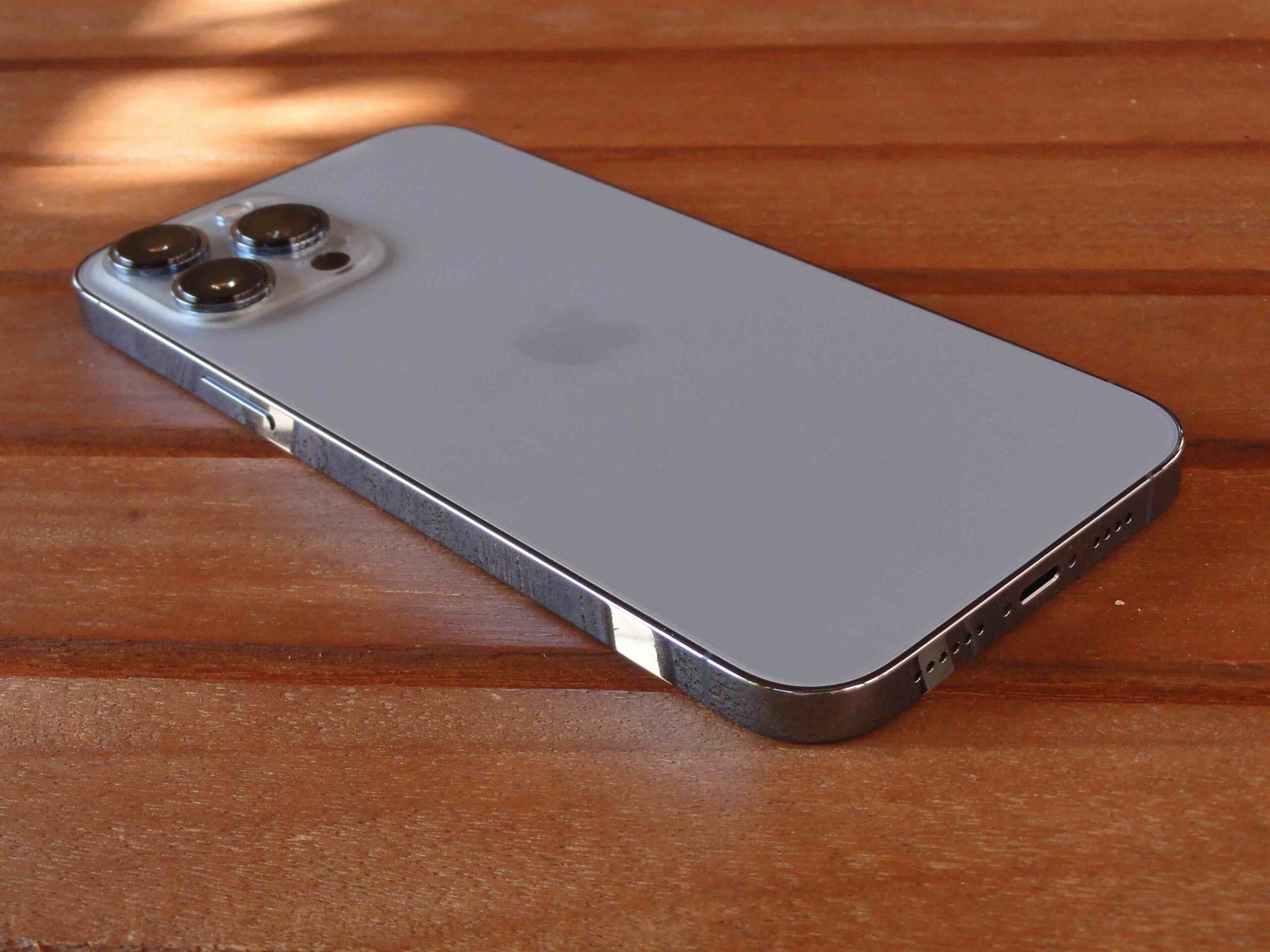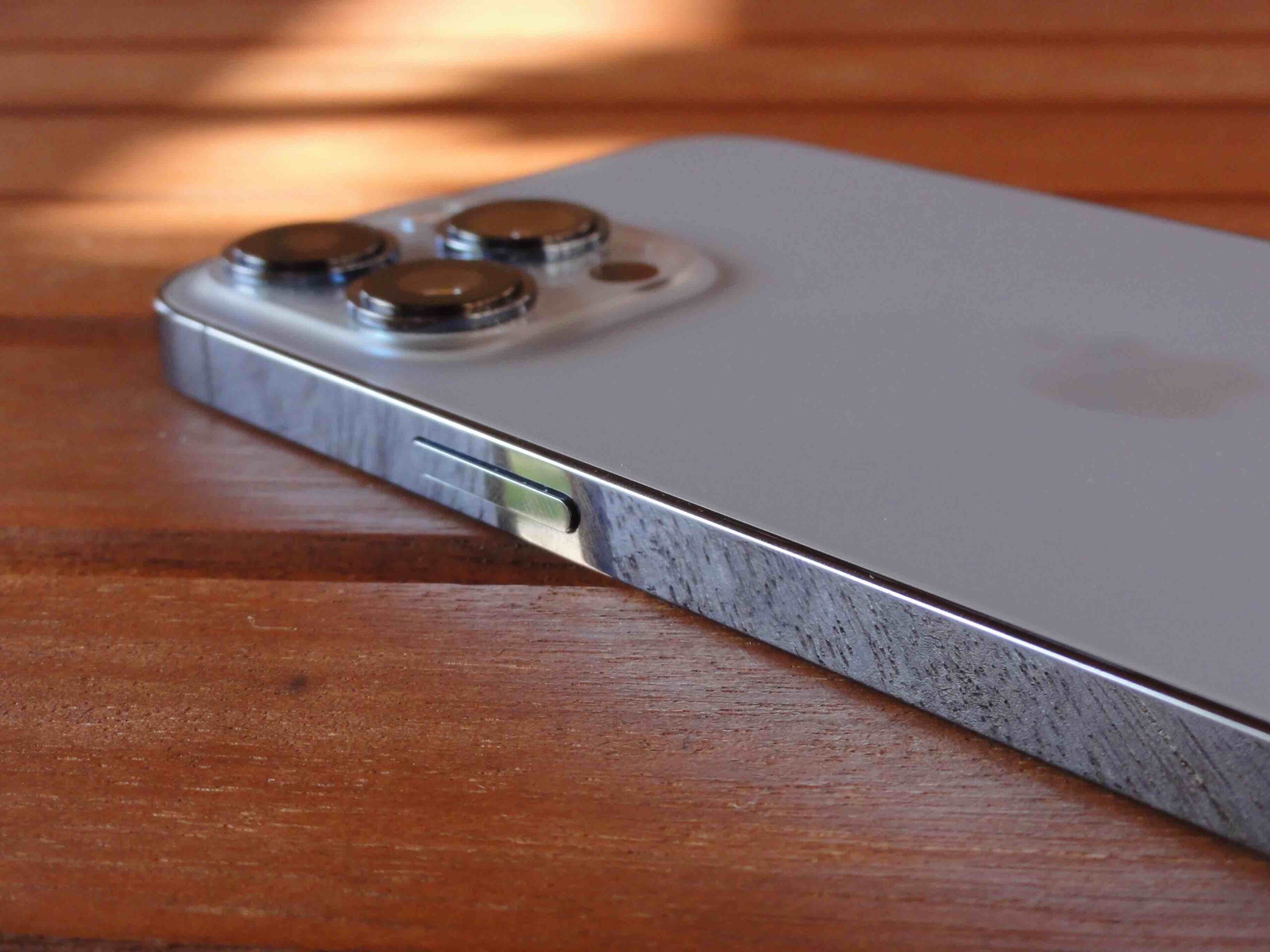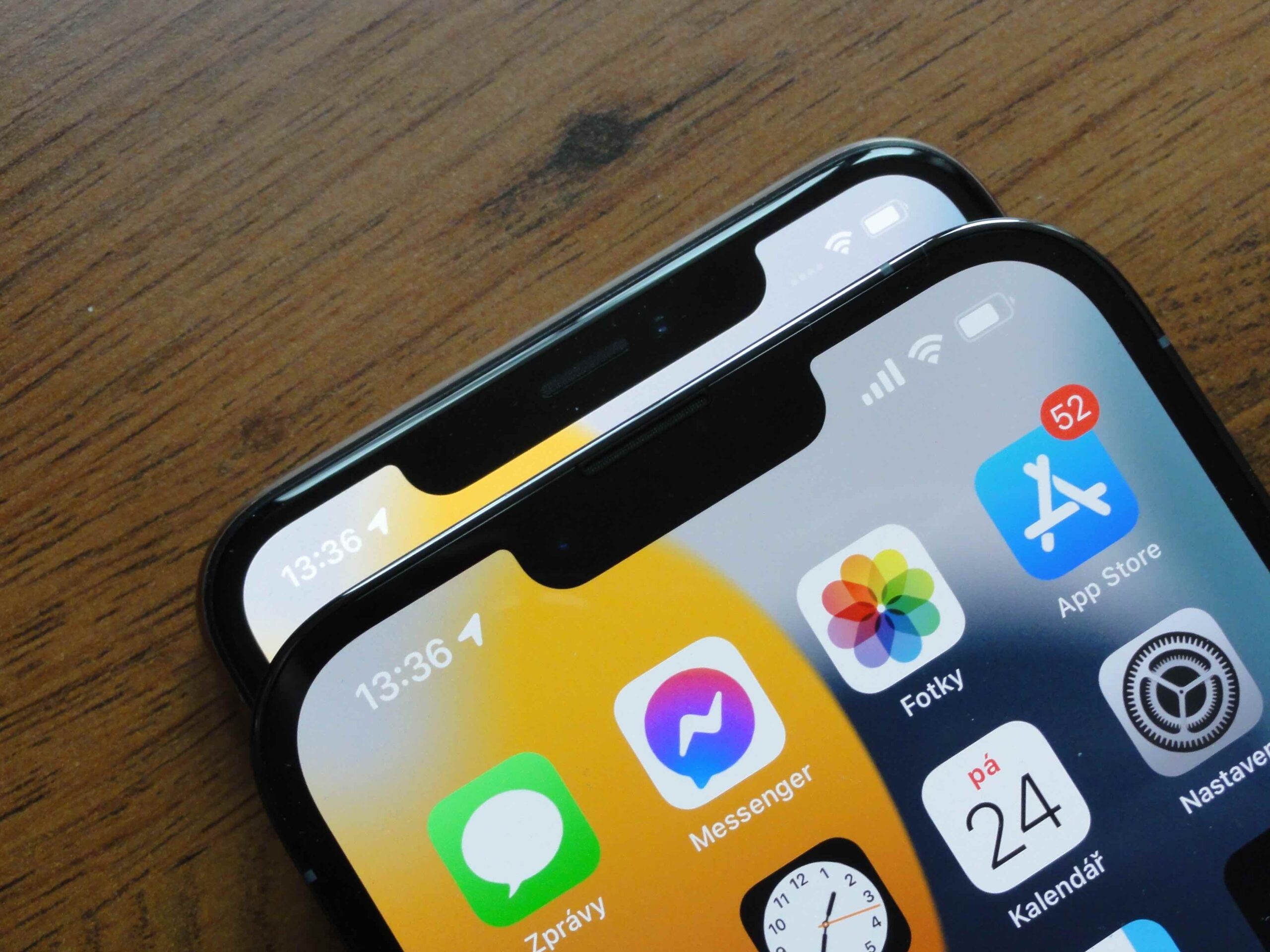Apple was founded in 1976. So its history is really rich, although it is true that it only came to global awareness in 2007 with the launch of the iPhone. Outside of the domestic American market, only those who were more interested in technology knew it, but today even every small child knows Apple. The company also owes this to the way it approaches design.
If we take the appearance of the iPhone, it clearly set the trend. Other manufacturers tried to get as close as possible to him in every way, because he was likable and practical. Additionally, everyone wanted to ride on its success, so any similarity was rather welcomed by users. As the display sizes of Android devices began to increase, Apple succumbed to the pressure, and on the contrary, it followed.
It could be interest you
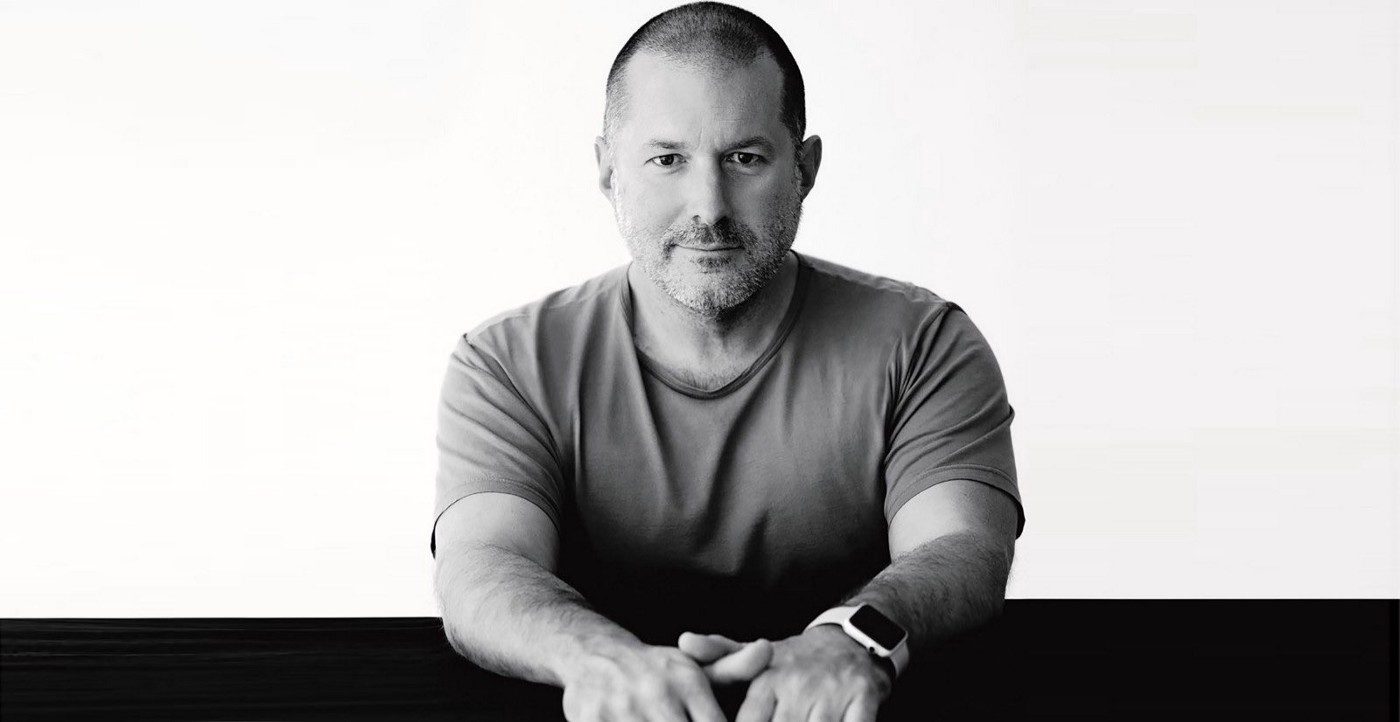
3,5 mm jack connector
When Apple introduced the first iPhone, it included the 3,5mm jack connector. Later, the fully automatic thing was rather rare in the world of mobile phones, as other manufacturers offered earphones that were typically used through a proprietary charging connector. The leader here was Sony Ericsson, which had its Walkman series, in which it aimed especially at the possibility of listening to music through any wired (via A2DP and Bluetooth profile) headphones.
This trend was clearly adopted by other manufacturers, because at the time smartphones were primarily a phone, a web browser and a music player. So if Apple popularized the 3,5mm jack connector in phones, it could afford to be the first to drop it. It was September 2016 and Apple introduced the iPhone 7 and 7 Plus, when neither model included a 3,5mm jack connector.
But together with this series of iPhones, Apple also introduced AirPods. It thus offered an ideal alternative to the discarded connector, when this step contributed to the comfort of users, although of course we still had the appropriate reduction for the Lightning cable and also EarPods with the same end. The original negative reviews have turned into a matter of course. Today, we see few people with wired headphones, moreover, manufacturers have saved money by removing headphones from the packaging and gained new space for their incomes, when they also produce the much sought-after TWS headphones.
It could be interest you

Where is the adapter?
When removing the 3,5mm jack connector, Apple tried to increase the water resistance of the device and convenience for the user, the absence of an adapter in the package is mainly about ecology. A smaller box results in lower shipping costs and less e-waste generation. At the same time, everyone already has one at home. Or not?
Customers cursed Apple for this move, other manufacturers mocked it, only to later understand that it was actually beneficial. Again, they save on the supplied accessories and the customer usually buys them anyway. This first happened with the iPhone 12, this trend is also followed by the current 1s and it is clear that it will continue. For example, even the currently presented Nothing Phone (XNUMX) does not have an adapter in its package. In addition, he was able to really minimize the box so that its "storability" was even greater.
However, since it is still a relatively lively "pain", the passions surrounding this topic have not died down yet. It is certain, however, that classic wired charging will soon completely replace wireless charging, later also for short and longer distances. There is no future in wires, which we have known since 2016. Now we are actually just waiting for technical progress that will provide us with such wireless charging that we will reach for the cable only in rare cases - unless the EU decides otherwise and orders manufacturers to repackage adapters.
It could be interest you
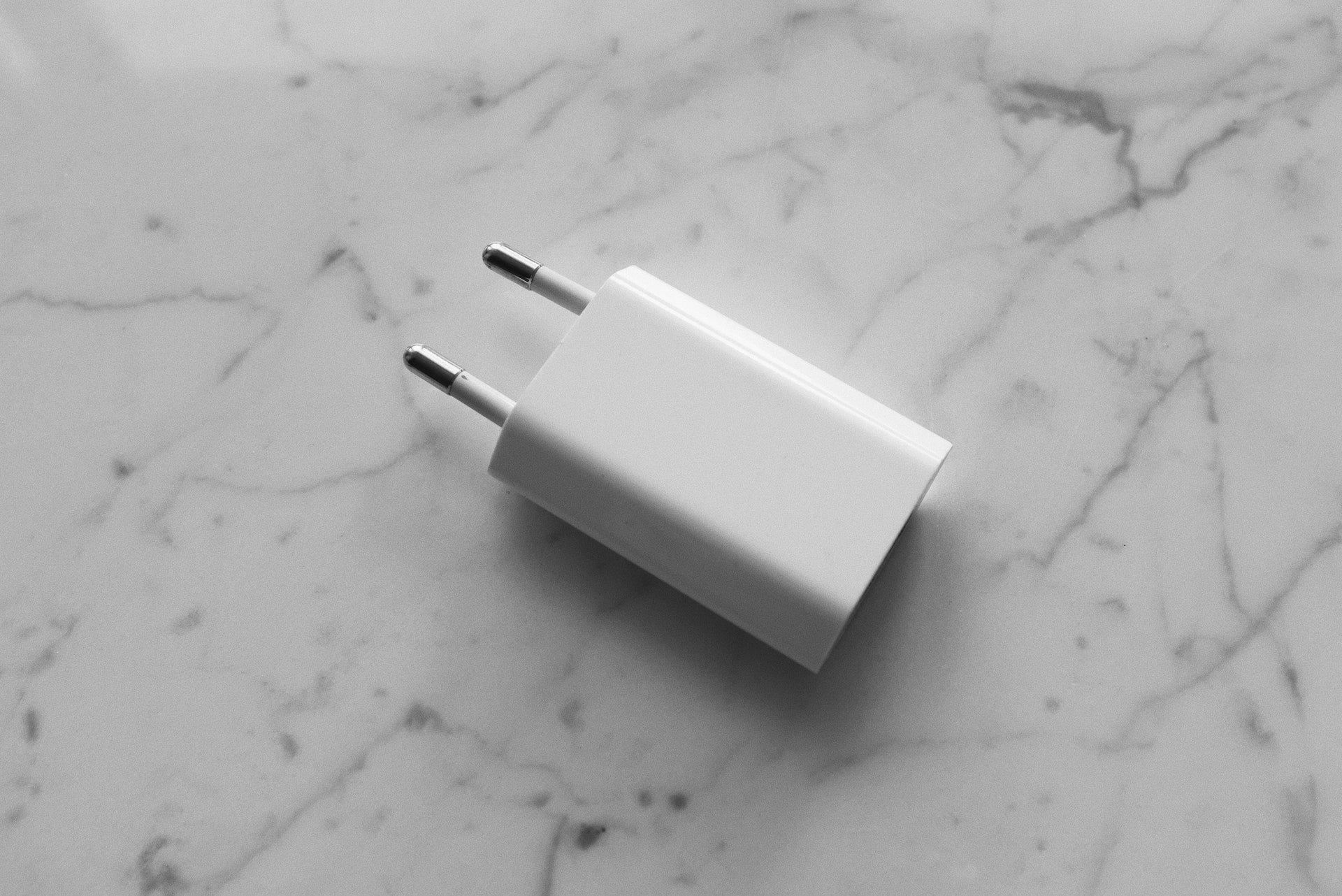
Like a baby's cradle
It was the iPhone 6 that was the first in the series to bring a protruding camera. But this was a small concession considering its quality. The cameras of the iPhones 7 and 8 already stood out more, but the iPhone 11 brought a really strong output, which is really extreme in the current generation. If you look at the iPhone 13 Pro in particular, you will notice that the camera protrudes three steps over the back of the device. The first is the entire block of cameras, the second is the individual lenses and the third is their cover glass.
If the absence of a 3,5mm jack connector is excusable, if the absence of a charging adapter in the package is understandable, this design move is truly annoying. It is practically impossible to use the phone on a flat surface without some annoying knocking on the table, the lenses get caught by a lot of dirt, it is easier to get fingerprints on them and no, the cover will not solve that.
With the cover, you catch more dirt, to eliminate wobble it would have to be so strong that in the case of the Max models, their thickness and weight will increase extremely. But all phones have camera outputs, even the lower class ones. Every manufacturer has logically caught on to this trend, because technology needs its space. But with the passage of time, many understood that the entire module can be done in a different way. E.g. The Samsung Galaxy S22 Ultra only has individual outputs for lenses, which can be easily eliminated with the cover. Google Pixels 6 then have a module across the entire width of the phone, which again eliminates that unpleasant swaying.
It could be interest you
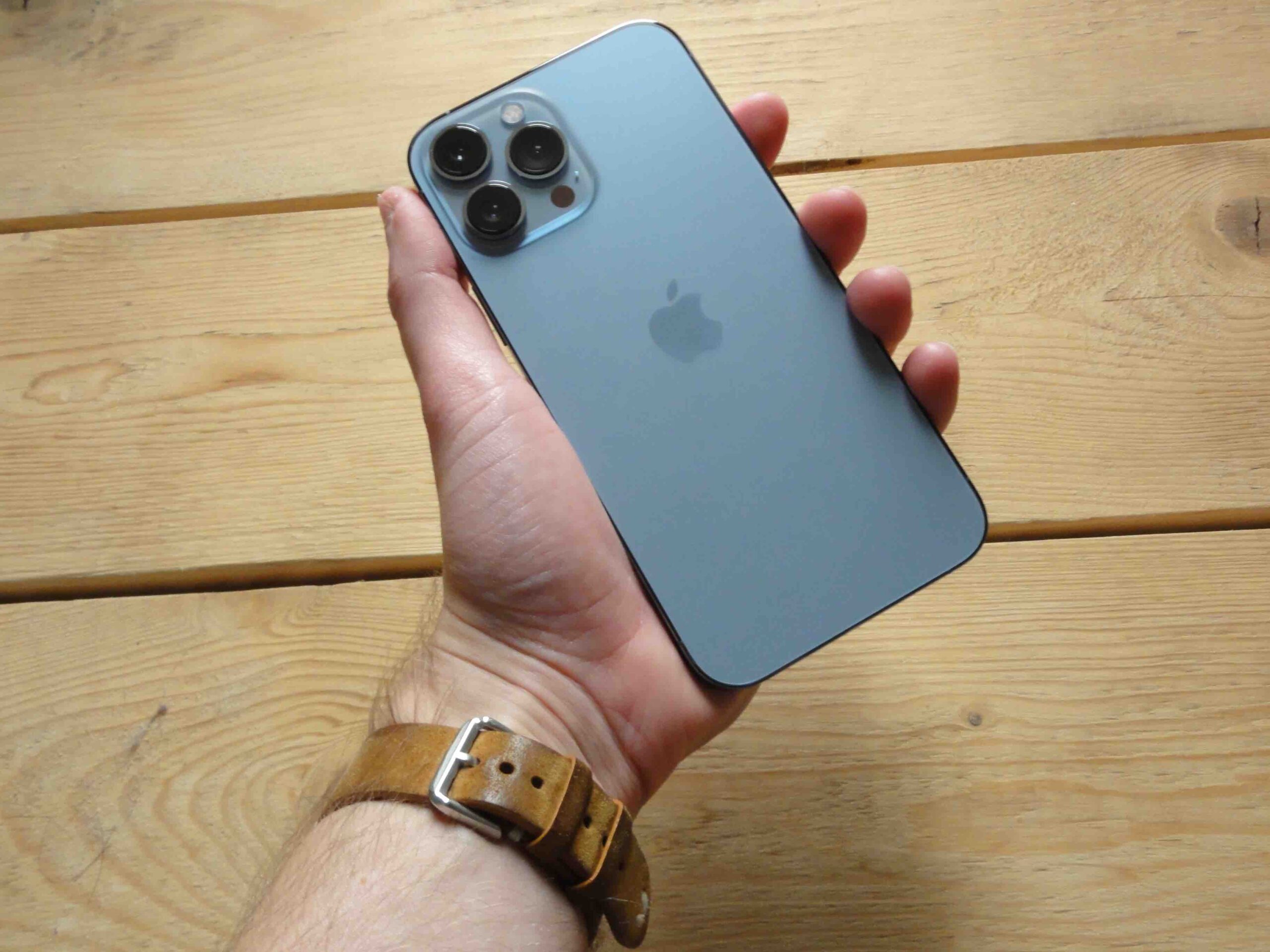
The cutout is not for show
With the iPhone X, Apple introduced its bezel-less design for the first time, which also featured an admitted cutout for the TrueDepth camera. It wasn't just for selfies, but for biometric user recognition. Everyone also tried to copy this element, although they did not provide anything more than the selfie. But because this technology is complex, over time, everyone switched to just punches and resented biometric facial verification. So he can still do it, but not biometrically. E.g. so you still have to use your fingerprint for banking.
But this iconic element will gradually recede in Apple phones. Users have been complaining for a long time, because they see that Apple's competition only has punches, which after all look better, even if they do less. Probably, Apple will give up according to the pressure and cutout, the question remains what its technology for Face ID will look like. We will probably find out in September.
 Adam Kos
Adam Kos 